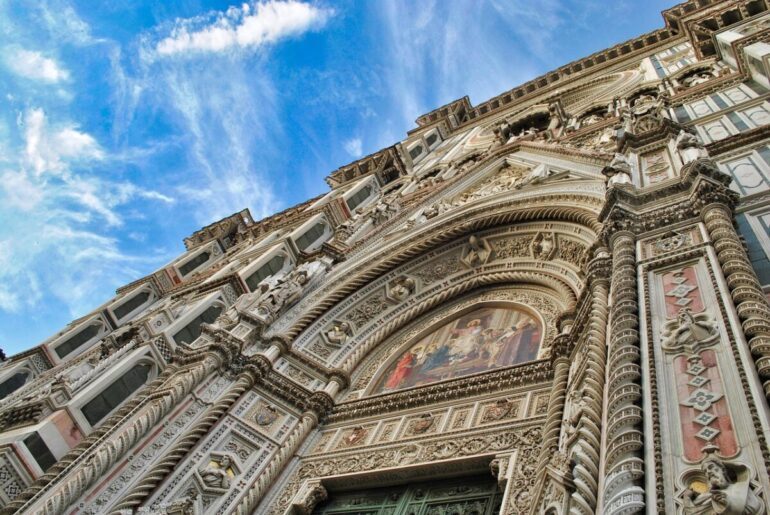6 Florentine artists you should know of
Florence is the capital of the Renaissance, it’s where literature and art began to flourish in the Italian peninsula. The museums and squares are packed with masterpieces and the city filled with architectural wonders. From painters and sculptors to poets and architects, let us introduce you to 6 artists from Florence who have influenced not only Florence and Italy but the whole world with their masterpieces.
Michelangelo
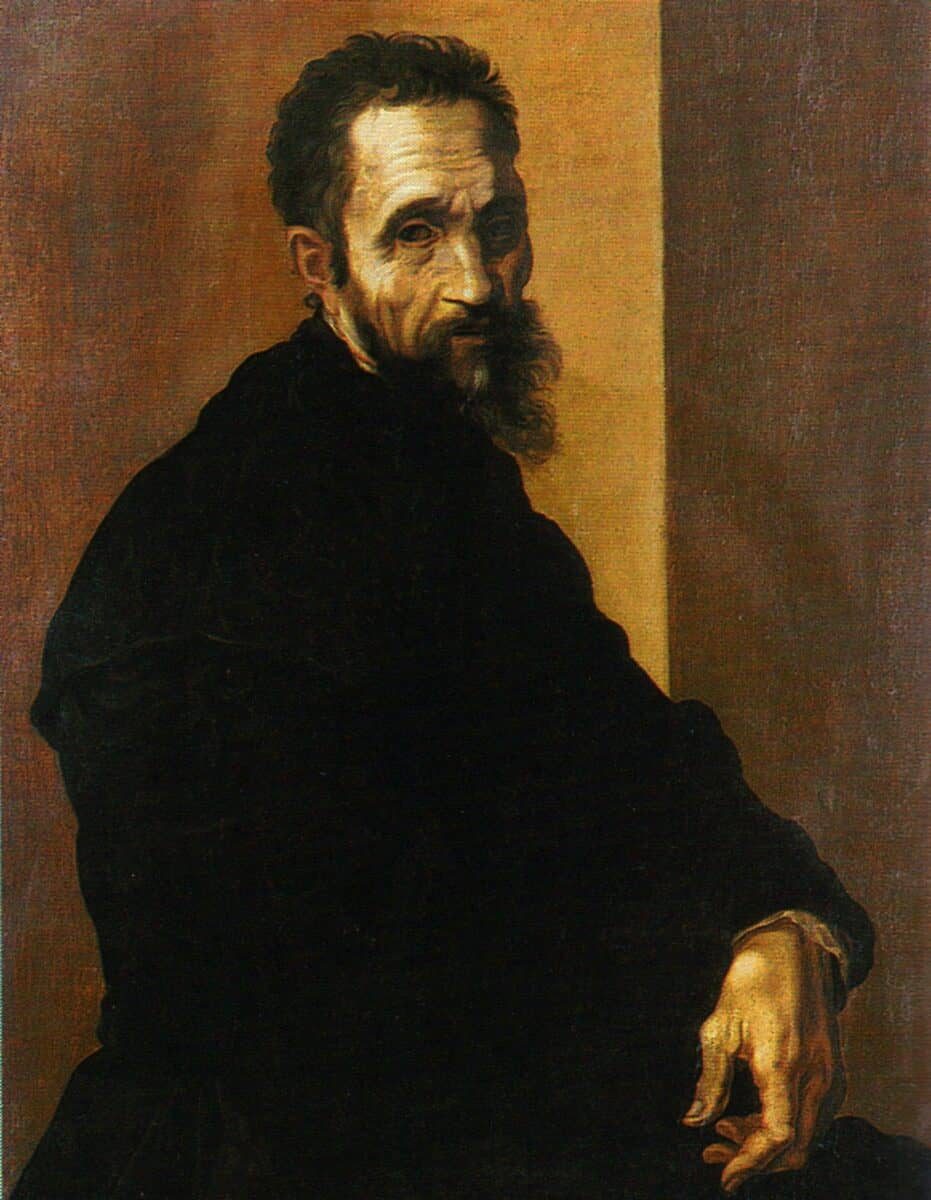
Michelangelo Buonarroti is one of the most brilliant and universal artists of all time. His artworks are renowned worldwide and his statues, paintings, frescoes and architecture are all around. Born into a merchant family from Florence, Michelangelo di Lodovico Buonarroti Simoni served as an apprentice under Ghirlandaio where, at the age of 13, he learned the technique of fresco. Then, at the age of 15, Michelangelo spent time in the Medici’s sculpture garden where Lorenzo de’ Medici made him a member of the Medici court. From his four masterpieces at the Bargello Museum to Michelangelo’s last work in Florence at the Basilica of San Lorenzo, all the way to the famed David at the Accademia Gallery and The Pietà at the Museum of the Duomo, there’s sure a lot of Michelangelo to see in Florence.
Brunelleschi

Born in 1377, Filippo Brunelleschi is the Italian architect and engineer who designed one of the symbols of Florence – the giant 45.5-meter dome of the Duomo of Florence, aka the Cathedral of Santa Maria del Fiore. He is mostly known for developing a linear perspective that went back into the roots of the ancient Greeks and Romans. He also designed other stunning buildings and churches in Florence, including the Basilica of Santo Spirito and the Basilica of San Lorenzo. Not to mention the Cappella dei Pazzi which was an early Renaissance church built for the powerful Pazzi family. While the construction of the church only ended in 1470 long after Brunelleschi’s death, the church is considered a Renaissance masterpiece.
Dante
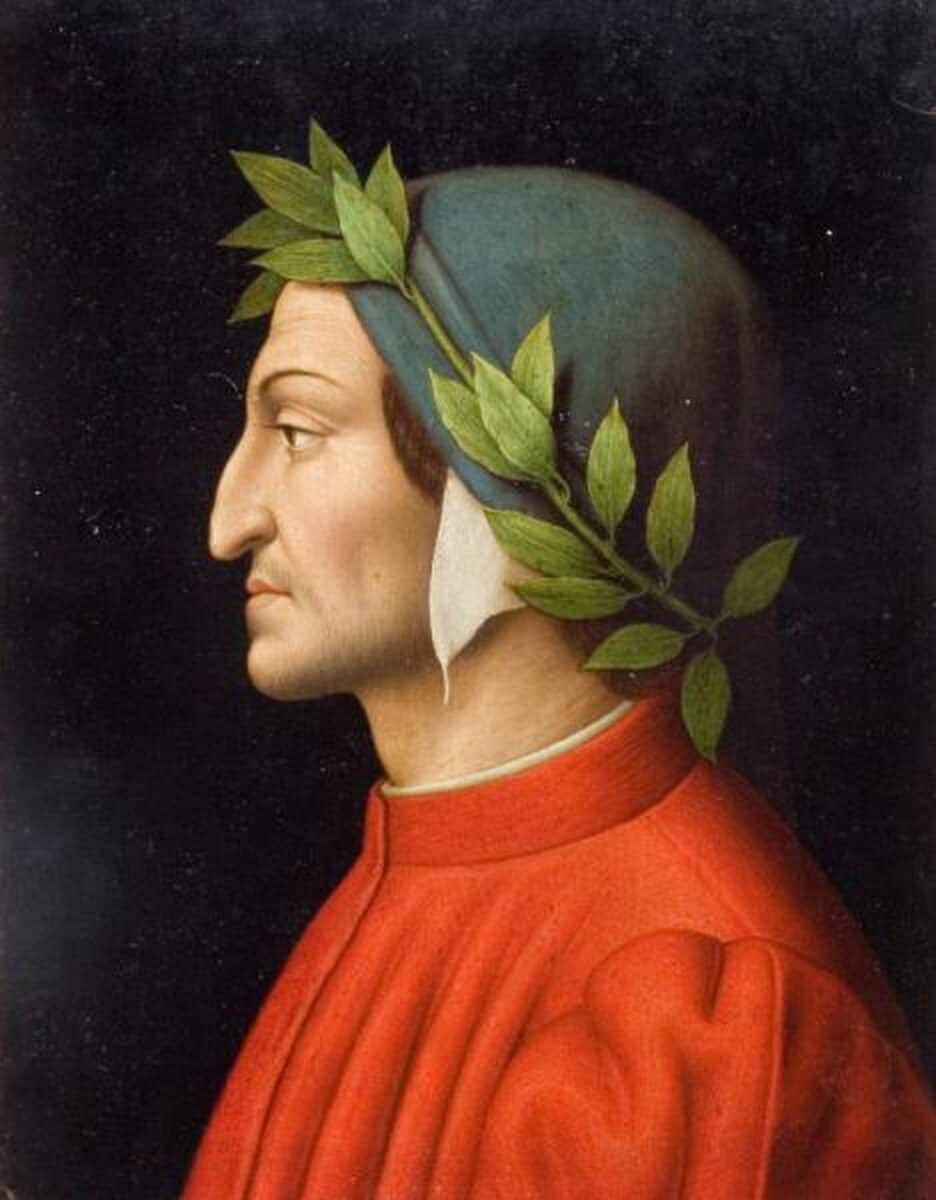
Florence is the cradle of Italian language: at the base of modern Italian there is the Tuscan dialect, used in literature by poets such as Dante Alighieri in his La Divina Commedia, or The Divine Comedy. Dante’s masterpiece is considered one of the world’s greatest poems. Written between 1304 and 1321 during the years in which Dante was exiled from Florence for political reasons, the poem is divided into three sections – Inferno, Purgatorio and Paradiso – and describes the symbolic journey of Dante – who is both the author and the protagonist of the narration – presenting a journey through the three world of the afterlife: hell, purgatory and heaven.
Leonardo Da Vinci

Leonardo Da Vinci is yet another Florentine artist that’s considered one of the greatest artists of all times. Known for masterpieces such as the Mona Lisa and The Last Supper, and for the Vetruvian Man (which is probably the most famous drawing in history), Leonardo was truly a genius. Not just a painter and a sculptor but also a mechanic, an engineer and an architect. While not exactly from Florence but for a town near Vinci in the Tuscan region, Leonardo came to Firenze at the age of 17 where he worked in Verrocchio’s workshop and acquired extensive technical knowledge. In 1482 he left for Milan to stay at the court of Ludovico il Moro, where he stayed for almost 20 years creating paintings. He came back to Firenze with the fall of the Sforza family, where he became a military engineer for Cesare Borgia as a military engineer: giving Leonardo the opportunity to travel and study.
Best of Florence City Center Tour with Accademia and Uffizi
Experience the best of Florence on this private guided tour of the city center. You’ll skip the line at the Accademia Gallery to see Michelangelo’s David before taking in the highlights of the city center from the Cathedral Square to the medieval district, Signoria Square and Ponte Vecchio.
Botticelli
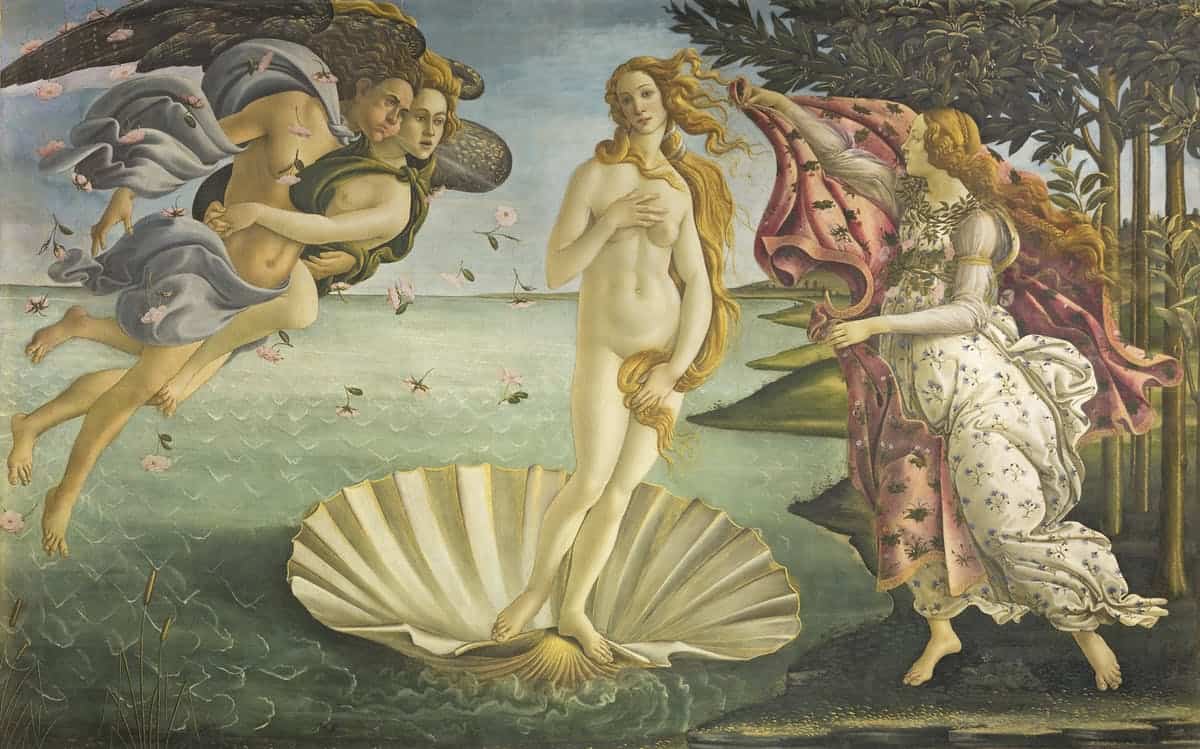
The Florentine painter Sandro Botticelli was one of the great interpreters of the Italian Renaissance period. If you’re asked to name a Renaissance work of art, you’ll probably think of Leonardo’s Mona Lisa, but if you’re asked to think of an artwork that best expresses the spirit of the Renaissance, you’ll probably think of Botticelli’s The Birth of Venus. Born into a modest Florentine family in 1445, Botticelli was the last of four sons. Just under the age of twenty, Sandro Botticelli became an apprentice in the workshop of Filippo Lippi, from whom he learned most of the recurring elements found in his works. He is mostly known for two paintings, The Birth of Venus and La Primavera, both on display in the Uffizi Gallery.
Donatello
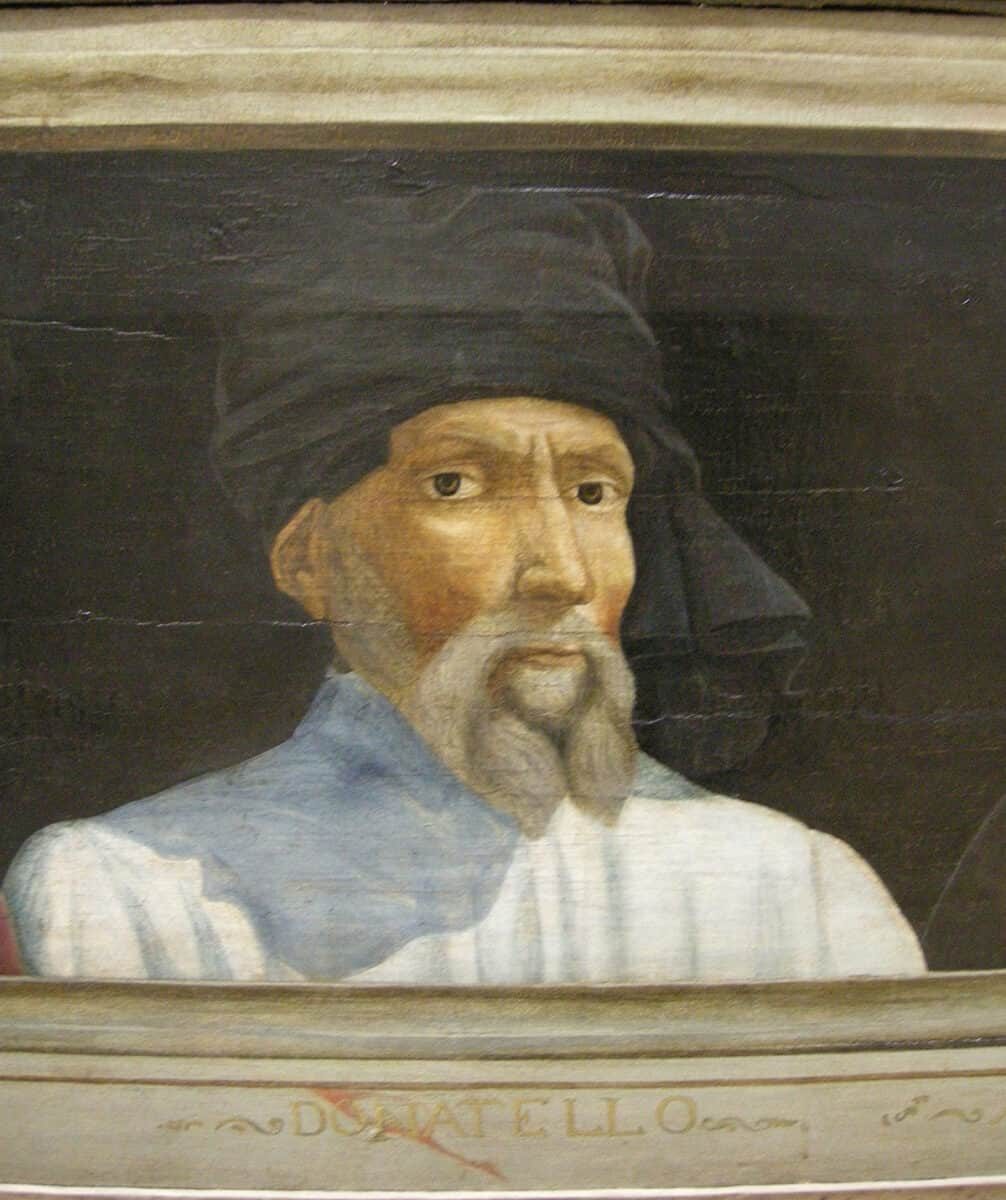
Donatello di Niccolò di Betto Bardi is one of the greatest artists of the Italian Renaissance and a master sculptor in both marble and bronze. Born in 1386 into a humble family, he learned carving from one of the sculptors that worked for the Cathedral of Santa Maria del Fiore. He later also became the apprentice of the famed sculptor Lorenzo Ghiberti, who won the competition for the doors of the Baptistery. One of his most famed and earliest works is the David, found at the Bargello Museum.


